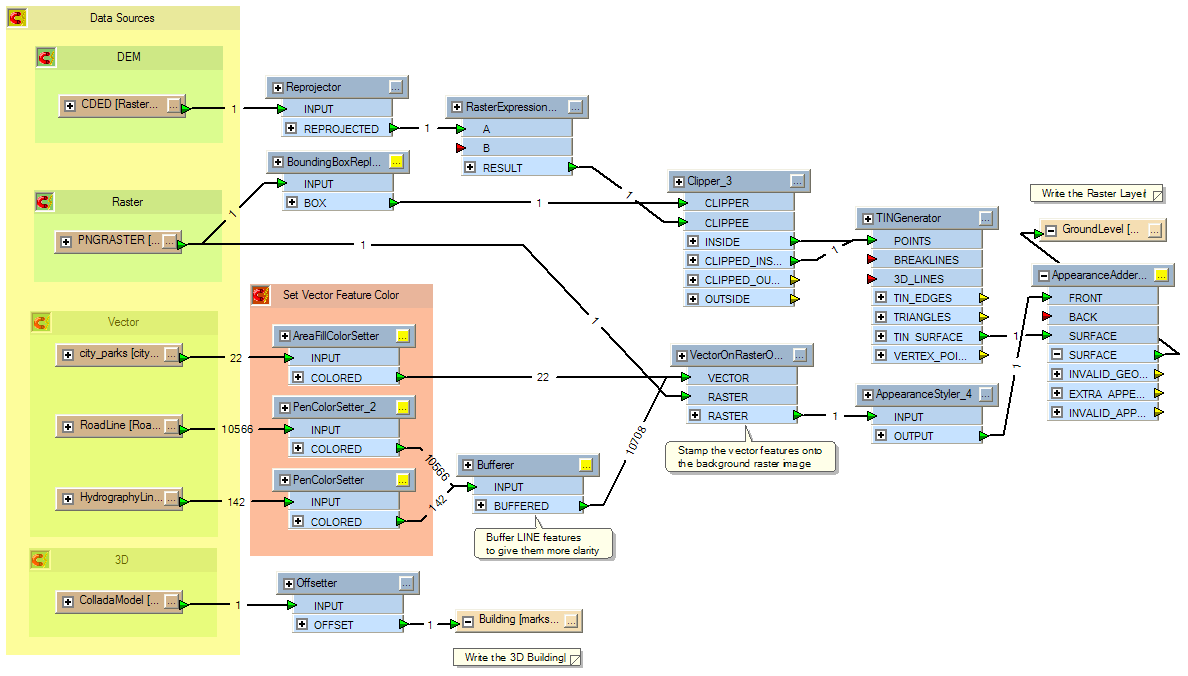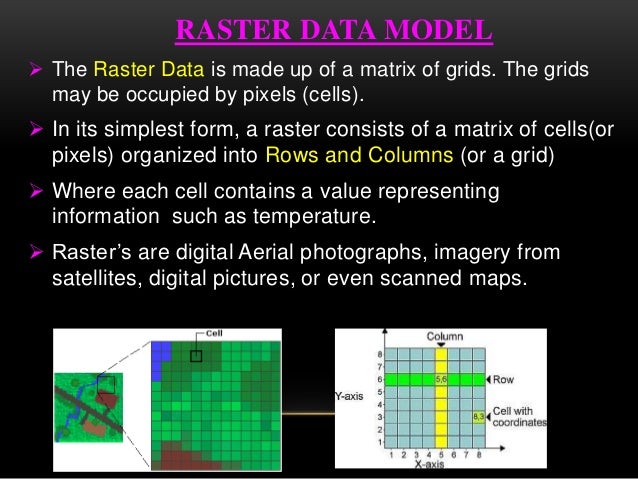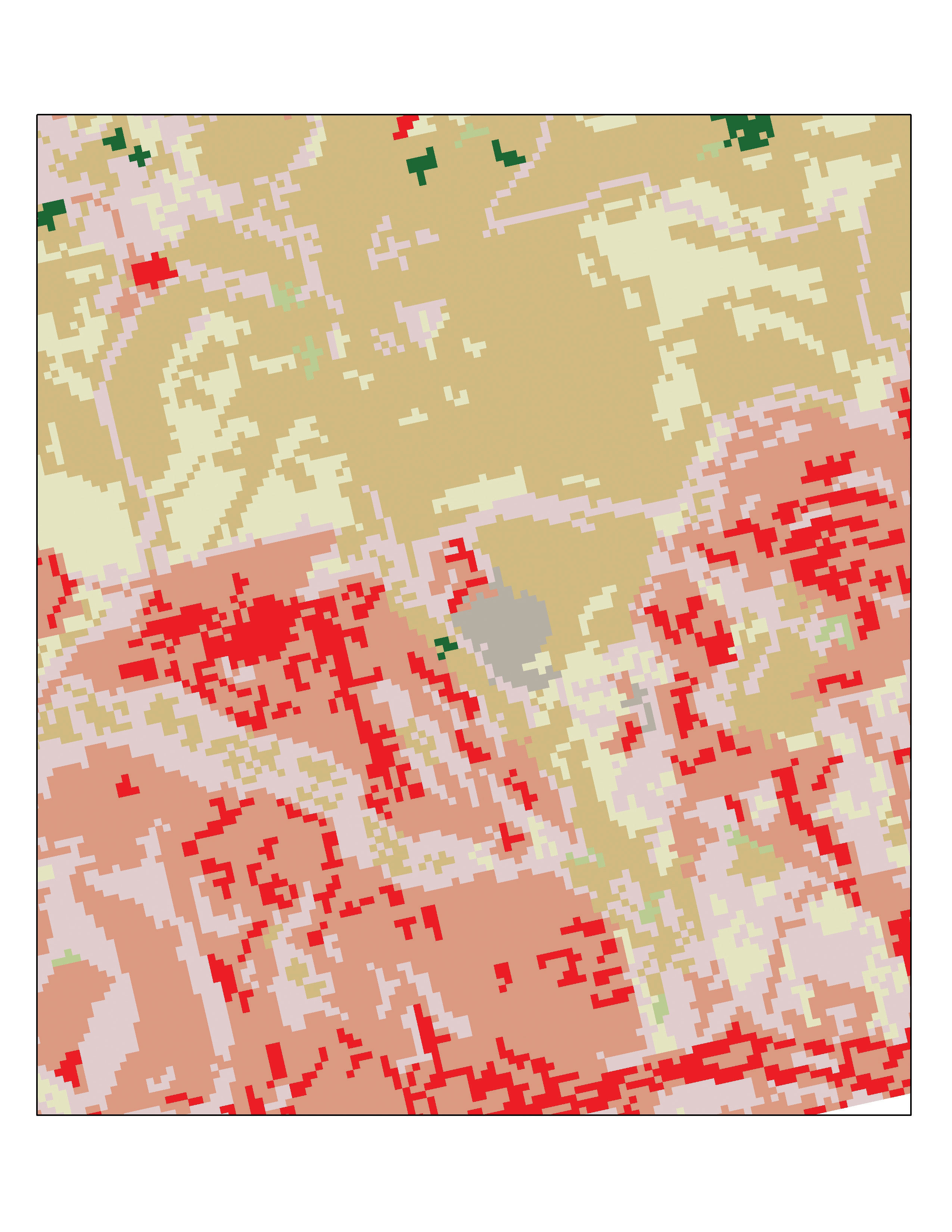

involves both spatial data development and hydrologic modeling, both. We propose (i) a modular and generic semantic model for the homogeneous representation of data qualifying a geographical area of interest thanks to territorial units (land parcels, administrative units, forest areas, etc.) that we define as divisions of a larger territory according to a criteria in relation with human activities and (ii) a semantic extraction, transformation and load (ETL) process that builds on the model and the data extracted from rasters and that maps aggregated data to the corresponding unit areas. Continuous surfaces can be represented using the grid or raster data Model in which. Raster images have large file size defined by DPI or PPI with fixed height and width. This makes them suitable for transmission, also they carry a lot of data in small file sizes. Click here to navigate to parent product. Raster File Size: Vectors images are smaller in file size as their dimensions are controlled by mathematical formulas. So, we would consider that a continuous phenomenon and thats something that lends itself. An elevation is a continuous surface that exists across the entire surface of the planet. This is a digital elevation model, or DEM, for part of the city of Toronto.

Here we have an example of a raster data model. The entities of interest are represented by numeric values associated with. So, lets have a look at the raster model. On Some Limitations of Square Raster Cell Structures for Digital Elevation Data Modeling book. Raster data models describe geographic entities as a matrix of pixels or grid cells. This paper addresses this issue through a semantic data integration process based on spatial and temporal properties. With the Vector and Raster data model, a very basic guideline just to get started with is that, discrete objects are easily represented with the Vector data. DOI link for On Some Limitations of Square Raster Cell Structures for Digital Elevation Data Modeling.

While rasters are the usual data format for the results of image processing algorithms, a recurrent problem is transferring the pixel values of these rasters into features that make sense of the areas of interest on the Earth, thus facilitating the interpretation of their content. Semantic technologies have proven their relevance in facilitating the interpretation of Earth Observation (EO) data through formats such as RDF and reusable models, especially for the representation of space and time.


 0 kommentar(er)
0 kommentar(er)
